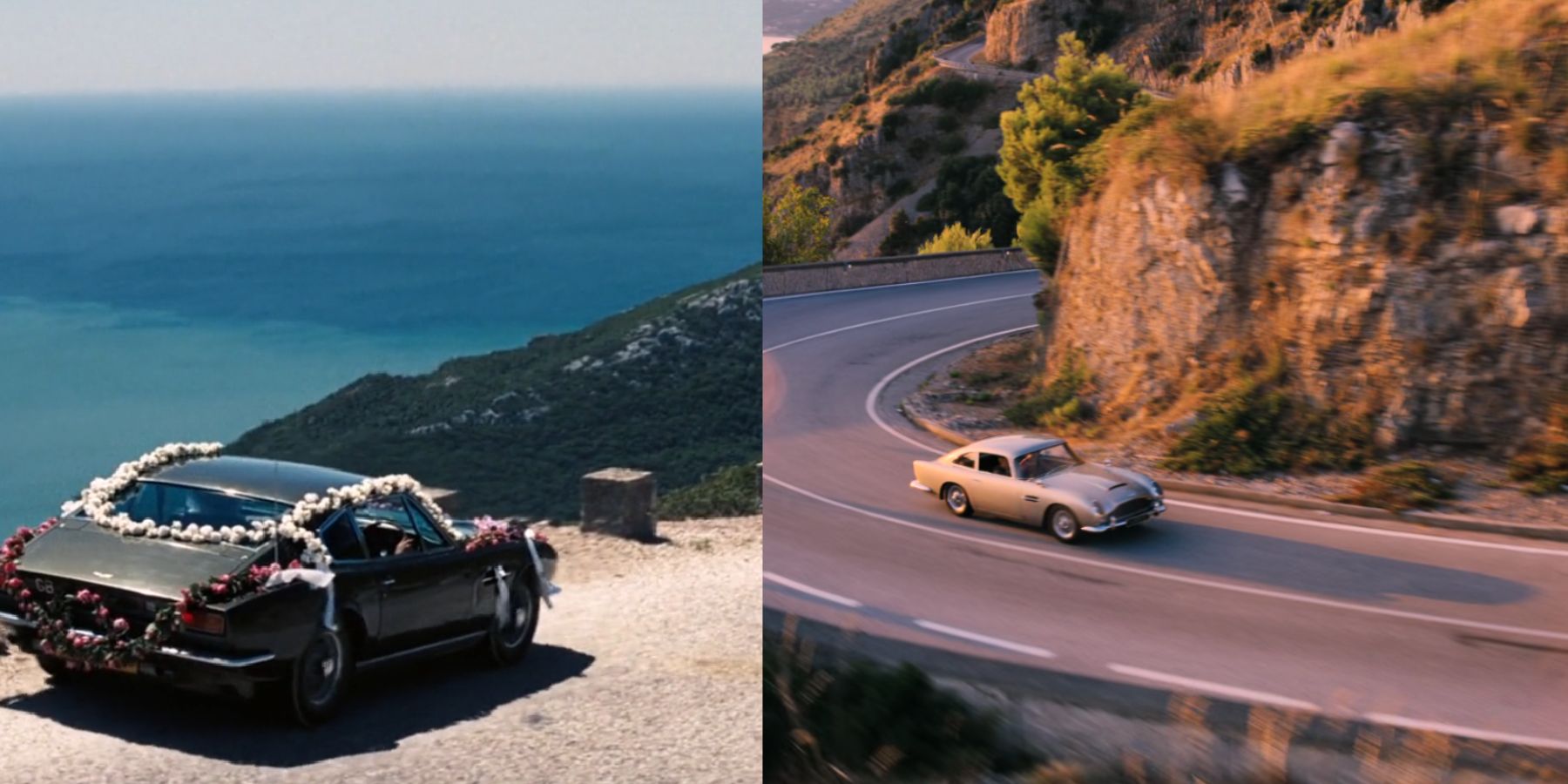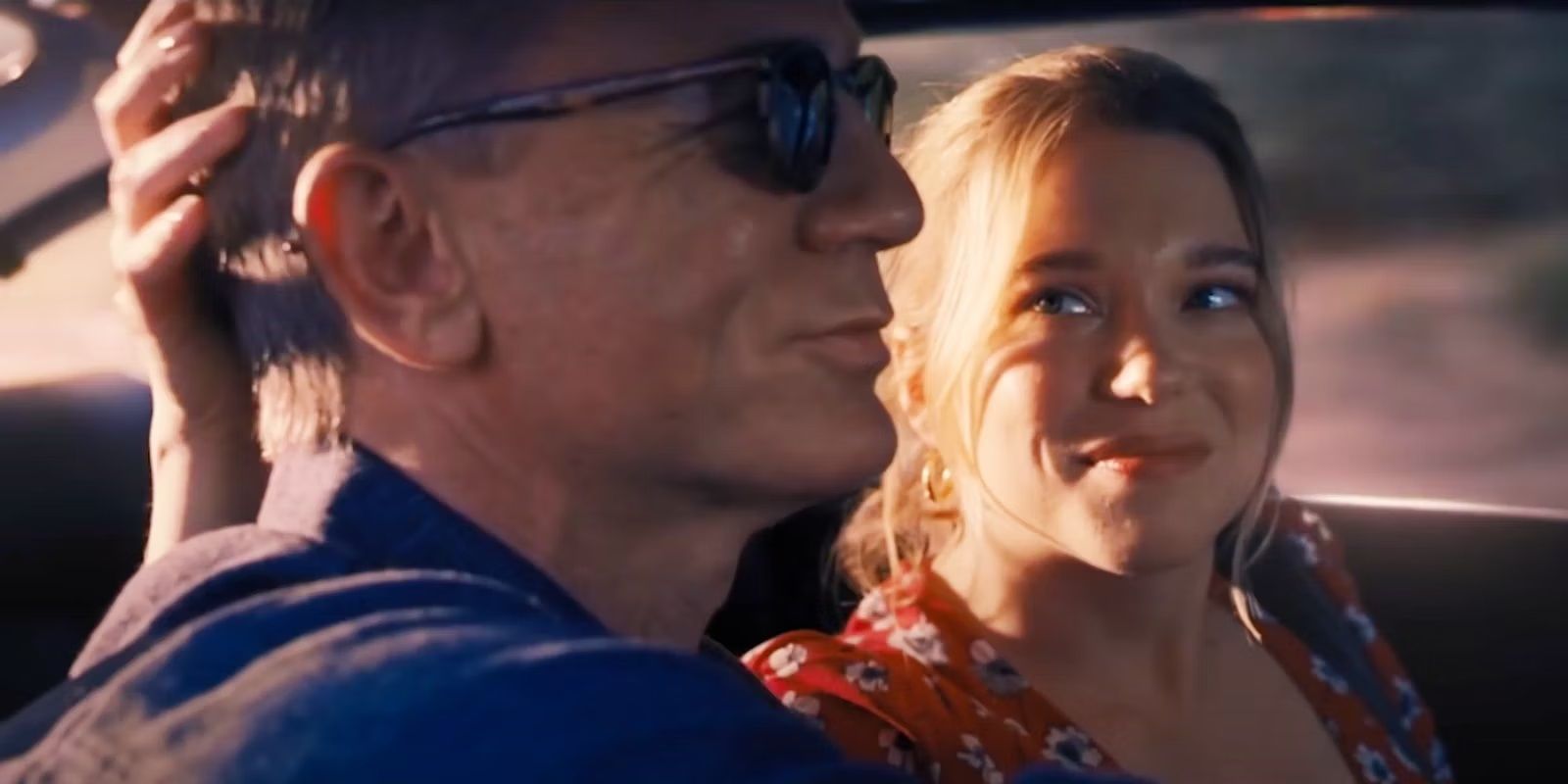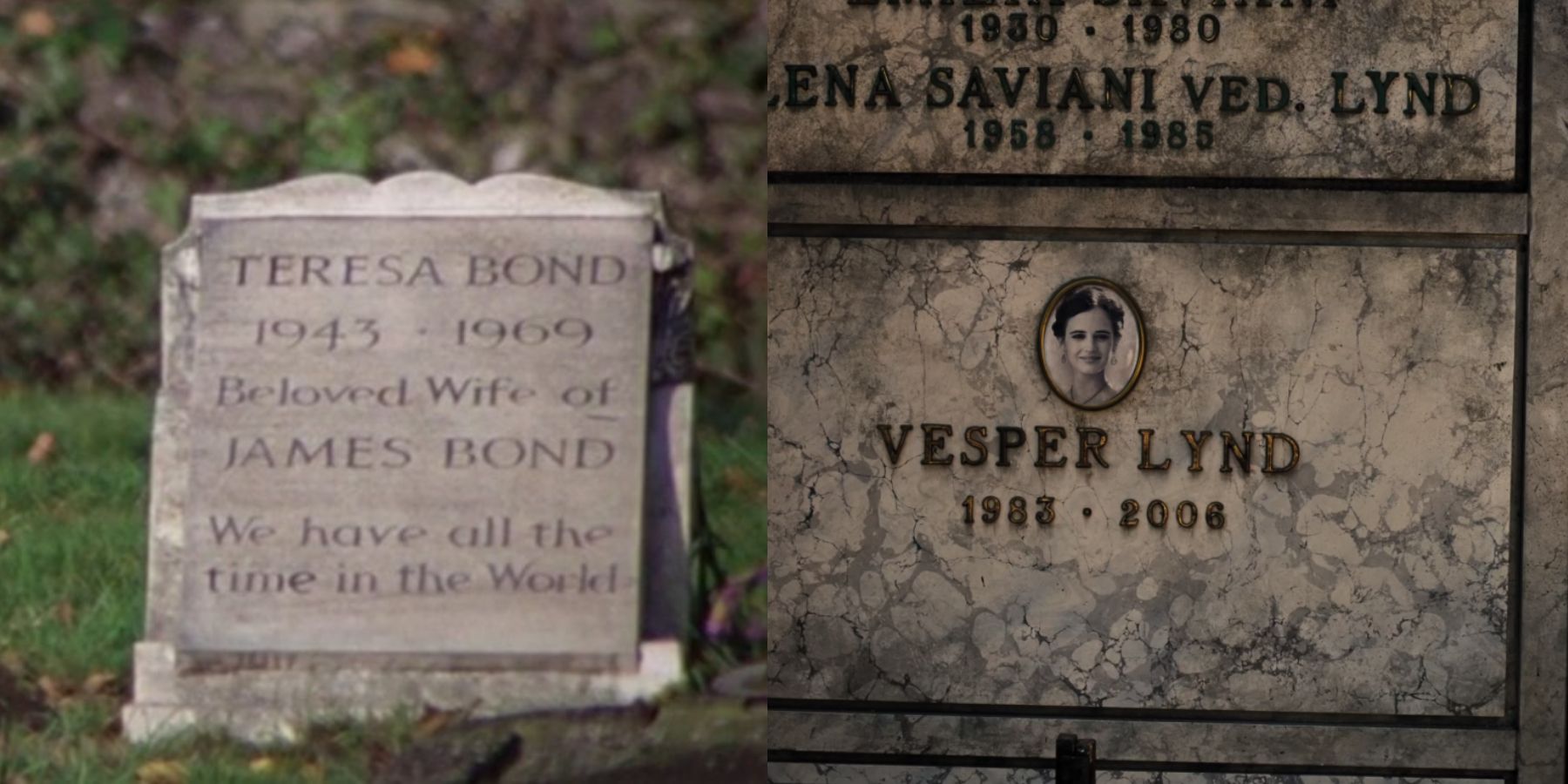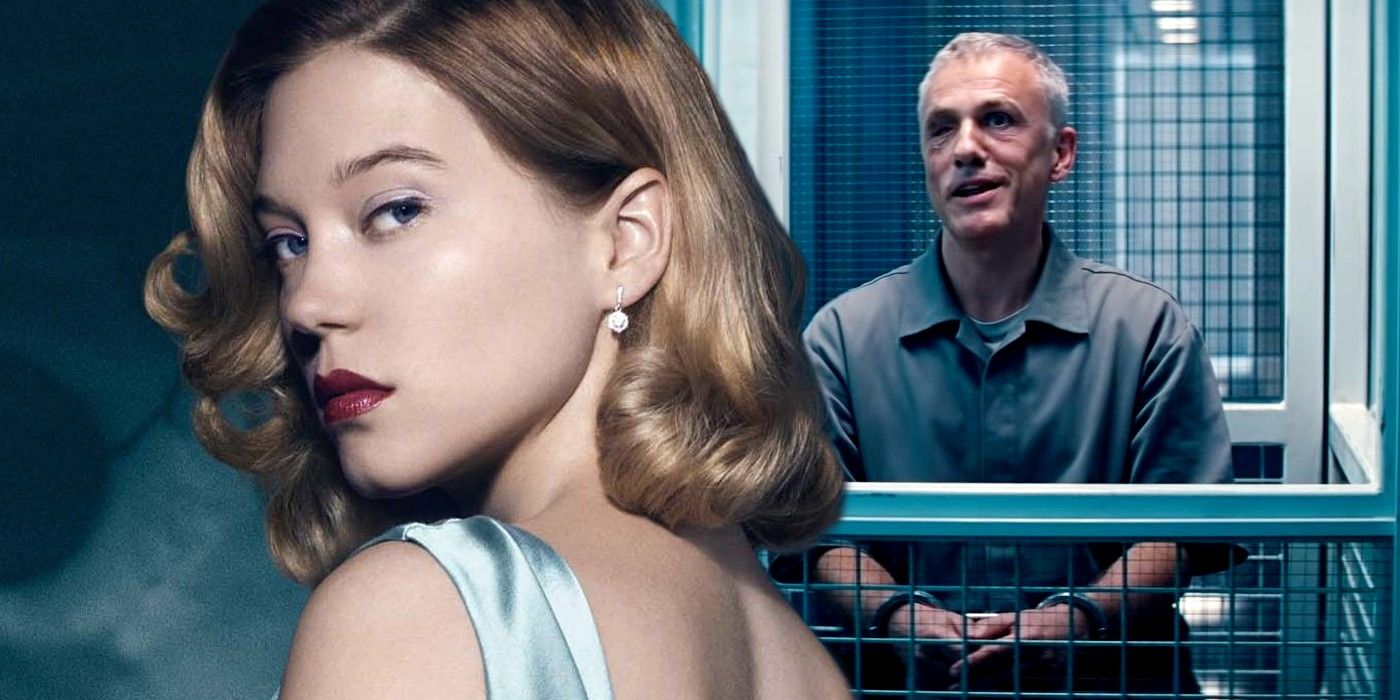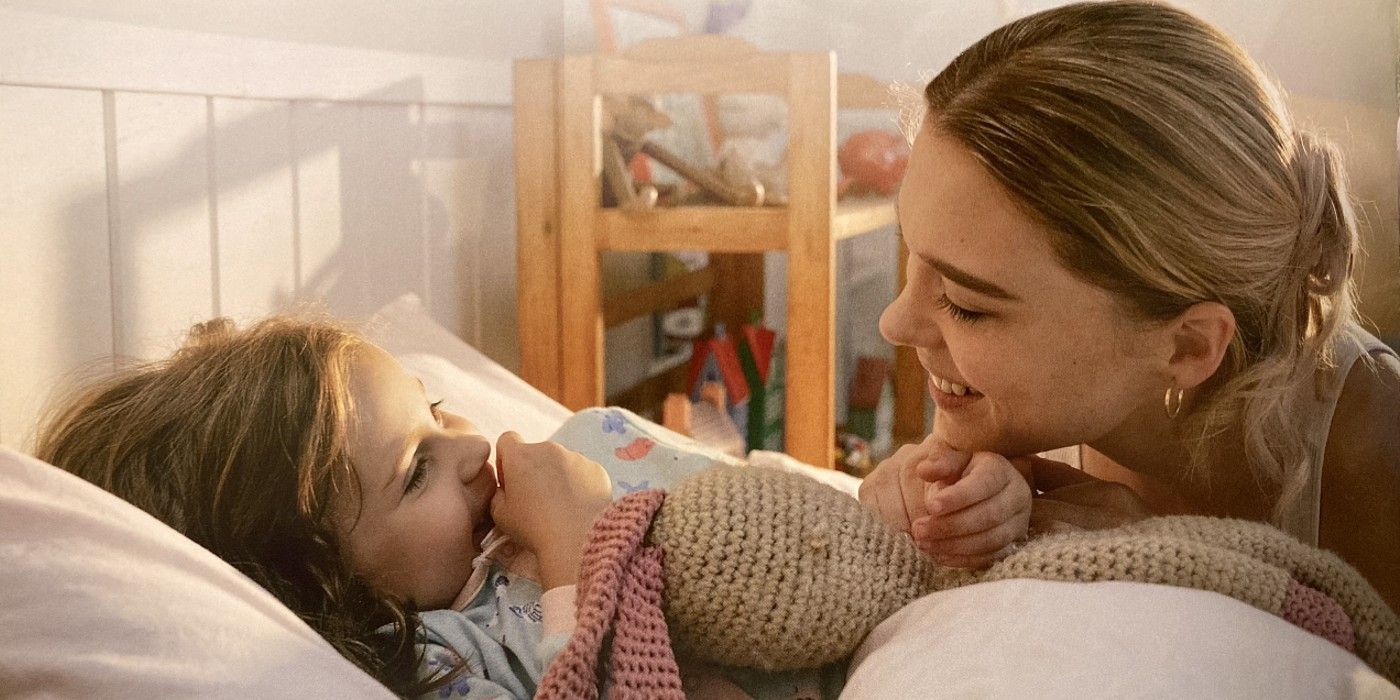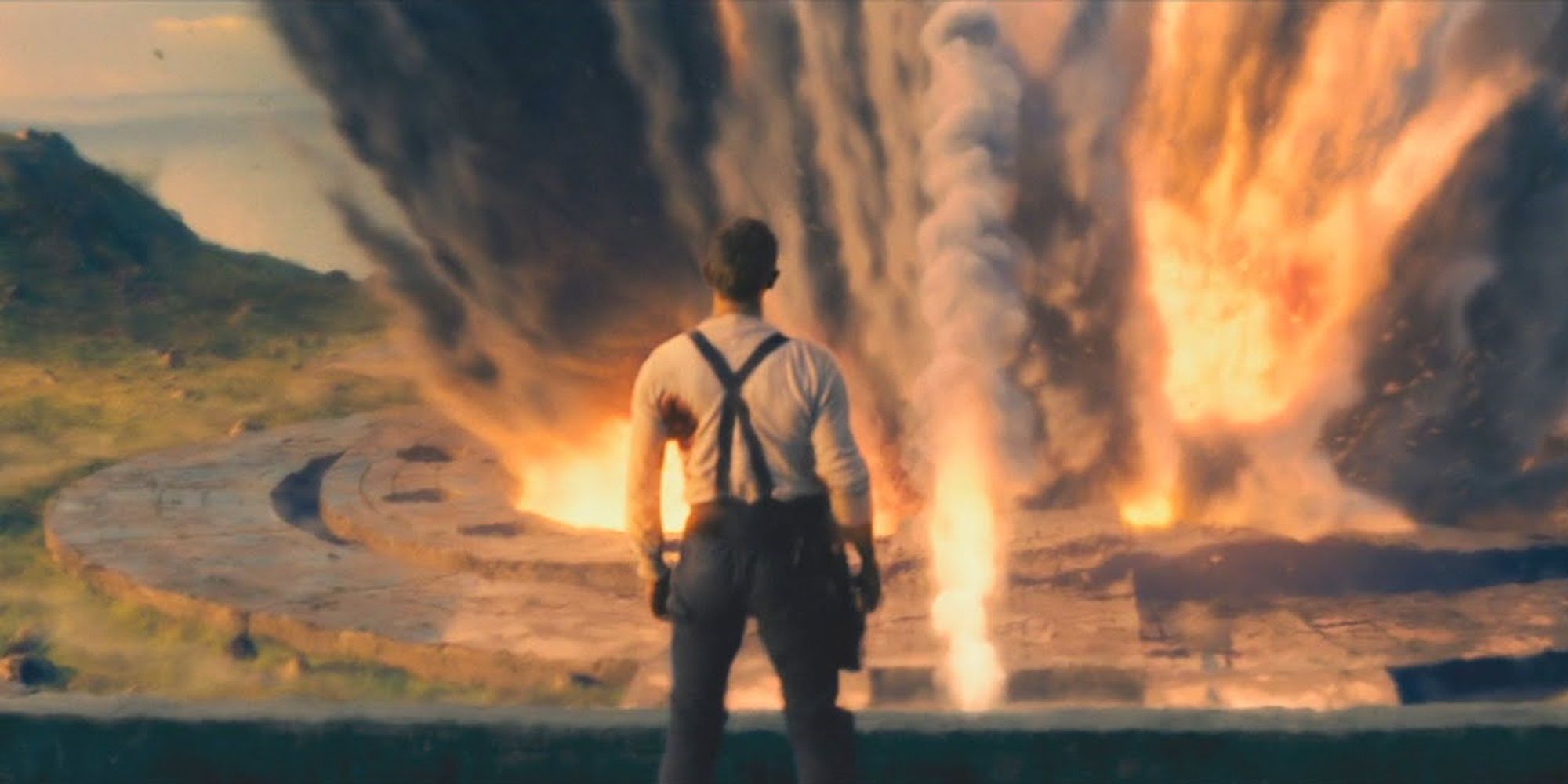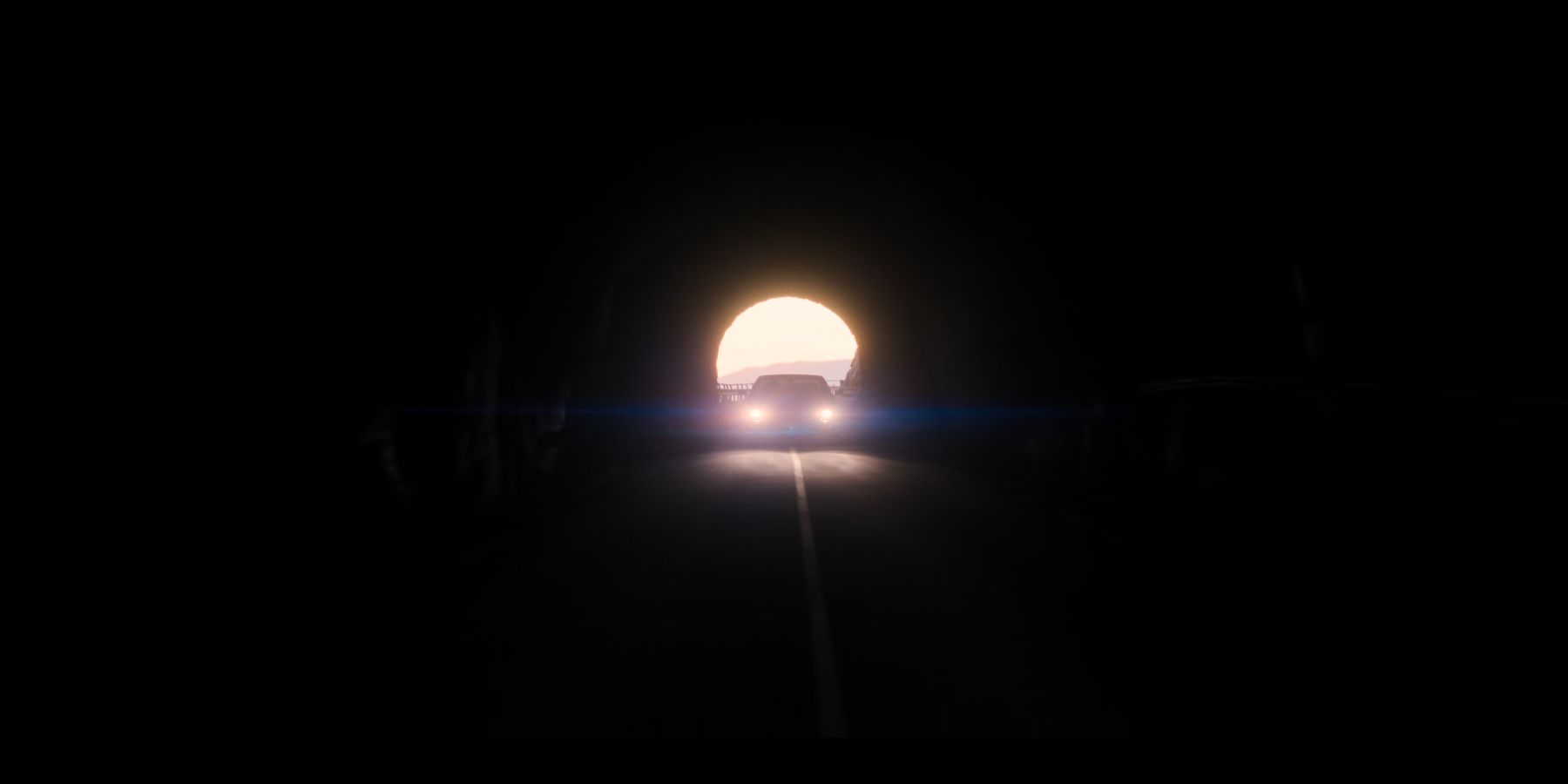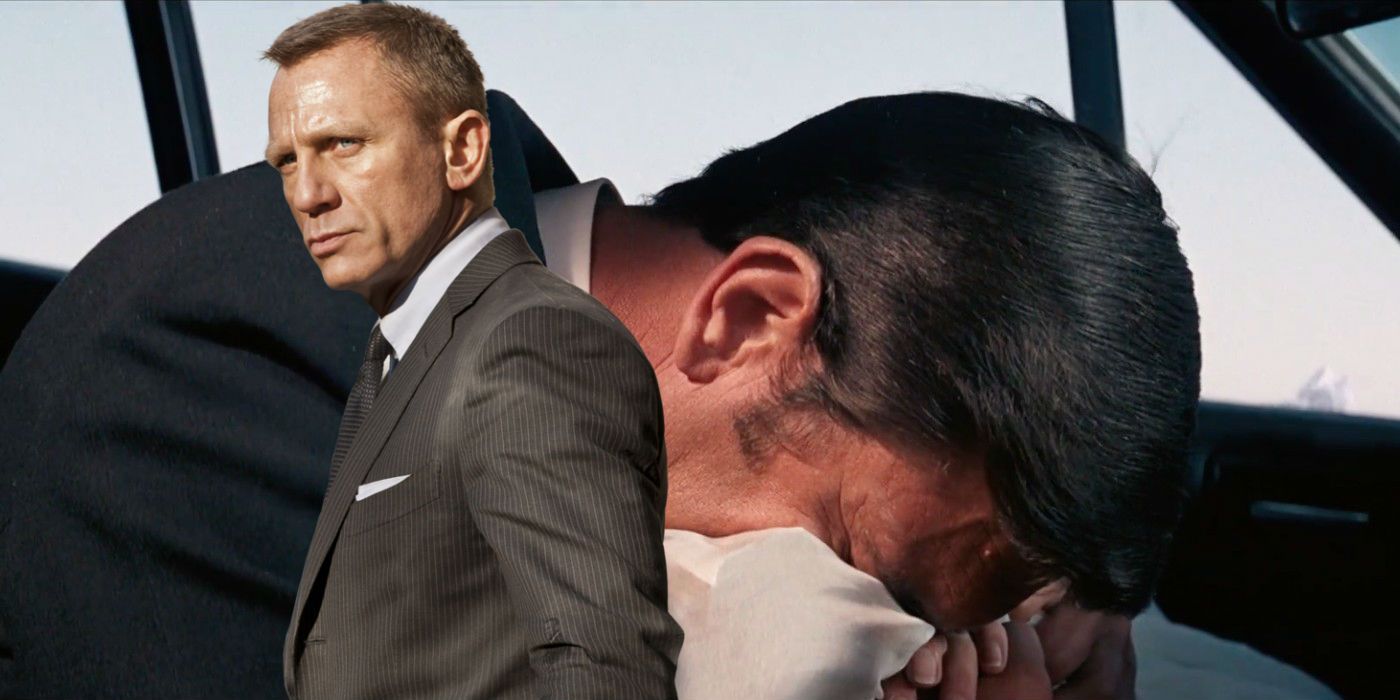Every OHMSS Bond Reference In No Time To Die
George Lazenby’s On Her Majesty’s Secret Service looms large as an influence on No Time To Die, Daniel Craig’s final movie in the James Bond franchise. OHMSS is one of the most underrated Bond films, due in part to Lazenby having to step into the looming shadow of Sean Connery’s iconic portrayal. Lazenby’s sole outing as Bond has high-profile fans such as directors Christopher Nolan and Steven Soderbergh. OHMSS was notable for being the movie where Bond finally settles down, but the movie ends in disaster as Bond’s new wife Tracy (Diana Rigg) is gunned down by Blofeld (Telly Savalas) and the classic villain Irma Bunt (Ilsa Steppat).
Prior to the release of No Time To Die it was speculated that a similar fate might befall Madeline (Léa Seydoux) after she and James got their happy ending in SPECTRE. However, No Time To Die flips audience expectations on their head with a shocking ending that kills off Bond himself. The surprise climax to Craig’s final Bond movie is made all the better by the recurring references to OHMSS and Tracy’s death, which lulled the audience into believing they knew how No Time To Die would end.
Bond And Madeline’s “Honeymoon”
When audiences first see Bond and Madeline together, they are driving along a stunning clifftop, visibly in love and happy, unaware of the tragedies about to befall them. This is a small visual callback to the devastating ending of Lazenby’s Bond movie, where Bond and Tracy’s honeymoon is brutally cut short. When Madeline asks Bond to put his foot down, his response makes the reference to OHMSS even more overt.
“We Have All The Time In The World”
Enjoying the moment, Bond replies to Madeline’s request, “We have all the time in the world”. Hans Zimmer’s score builds on this reference further by playing a small instrumental cue that references the famous, titular Louis Armstrong song from the end of OHMSS. As Bond and Madeline drive along the clifftop, the words and music become a portent of doom that suggest to long-term Bond fans that something terrible is about to happen. It does, but not in the way that they expect.
Vesper’s Grave
Although not technically a reference to OHMSS, Vesper’s grave is a reference to another reference. Bond visiting Vesper’s grave before he’s seemingly betrayed by Madeline and attacked by Blofeld’s men is a reference to a similar moment in Roger Moore’s For Your Eyes Only when Bond is ambushed at Tracy’s grave. This allusion to the graveside manner and another of Bond’s lost loves is a further way that Cary Fukunaga keeps the ending of OHMSS at the front of the audience’s mind, in anticipation of the extraordinary rug pull at the climax of No Time To Die.
The Title Sequence Trident
After Bond survives the attack, he returns to Madeline, furious at her apparent betrayal. Angrily bundling her onto a train, he coldly turns his back on her as the film transitions into the traditional James Bond title sequence. Included in No Time To Die‘s titles are Union Jack flags, hourglasses, and clock faces, all aspects featured elsewhere in the Bond franchise. But the statue grasping the trident is the most overt reference to the title sequence of OHMSS. It’s one of many Bond easter eggs in No Time To Die that honor the franchise’s legacy as the Craig era reaches its end.
Blofeld Destroys Bond’s Happy Ending
Later in No Time To Die it’s revealed that Madeline didn’t betray Bond, and it was a scheme devised by Blofeld to separate the couple and destroy 007. This is in keeping with Blofeld’s admission to being the “author of all your pain” in SPECTRE. However, it’s also a different spin on Blofeld’s more murderous attempts to disrupt Bond’s happy ending in OHMSS. In Lazenby’s film he has Irma Bunt gun Tracy down at the roadside, but in Craig’s he plays on Bond’s severe trust issues.
Bond’s abandonment and trust issues play into the lyrics of Billie Eilish’s No Time To Die theme, which as well as foreshadowing the ending, tap into Bond’s internal psychology: “Was I stupid to love you? Was I reckless to help? Was it obvious to everybody else, That I’d fallen for a lie.” The theme song affirms that Blofeld has once again dealt Bond the most crushing psychological blow – the loss of the only woman he’s ever truly loved, and the potential dream of settling down.
Bond Settling Down
Once Madeline and Bond begin to reconcile, No Time To Die adds an extra layer to its homage to OHMSS‘ tragic ending. Whereas the Lazenby movie ended with a wedding and the prospect of a happy family life for Bond, No Time To Die presents Bond with a ready-made family in the form of Madeline and his daughter Mathilde. As No Time To Die is Daniel Craig’s final movie there is every possibility of James Bond relinquishing the 007 codename and begin living a quiet life with his family. However, the continued refrain of the Louis Armstrong song and visual hints back to OHMSS implies that a happy ending is not on the cards.
A Death At The End
No Time To Die famously flips OHMSS‘ tragic ending, by switching Bond and Tracy’s roles. But it preserves the same theme, conceding the damaging effects of 007’s life of violence on any potential family. Infected by the deadly biological weapon created by Safin (Rami Malek), Bond is unable to return to Madeline and Mathilde as to do so would risk killing them. To protect his family, Bond makes a final sacrifice, facing the destruction of Safin’s poison garden from the very center of the blast. Bond’s death in No Time To Die is a heroic moment for Bond that neatly avoids the problematic trope of fridging the secret agent’s love interest.
Bond’s death is heroic for 007 and empowering for Madeline because, in killing her tormentor Safin, destroying his poison garden, and accepting his own death, Bond frees Madeline from the trauma that has separated them. Bond’s final actions allow Madeline and Mathilde to live freely whereas Tracy was cruelly killed off out of revenge against Bond. As in OHMSS, Bond’s last words to his beloved are “we have all the time in the world”.
The Tunnel
As if to affirm Madeline’s escape from Tracy’s fate, the end of No Time To Die sees her and Mathilde drive along the same clifftop from the start of the movie. In OHMSS, Blofeld and Irma ambushed Bond and Tracy as their car emerged from a cliffside tunnel. No Time To Die‘s final shot sees Madeline and Mathilde enter the tunnel, a visual echo of the famous gun barrel sequence that begins each movie. However, compared with OHMSS, their eventual emergence from the tunnel signals safety from Bond’s enemies, who have all been dispatched.
We Have All The Time In The World (Again)
The final nod to On Her Majesty’s Secret Service arrives in the music over the closing credits, which is Louis Armstrong’s We Have All The Time In The World. It was this song that ended Lazenby’s one and only Bond movie, as 007 cradled his dead wife, devastated by his loss. The use of it in No Time To Die has more hopeful connotations, as Madeline promises to tell Mathilde the story of her heroic father who gave his life for them. It’s a clear statement that the story of James Bond will continue long after Craig’s exit from the role. With Bond promised to return at the end of the credits, it’s clear that the James Bond franchise has all the time in the world to continue entertaining audiences.




